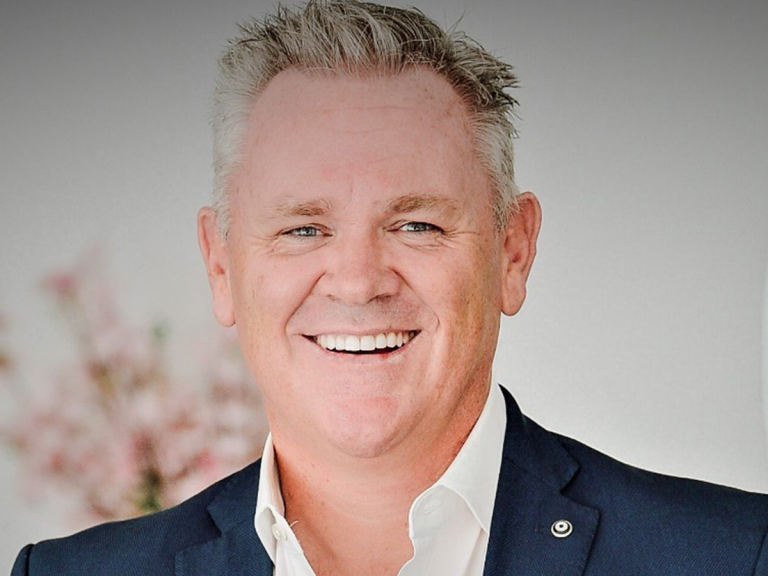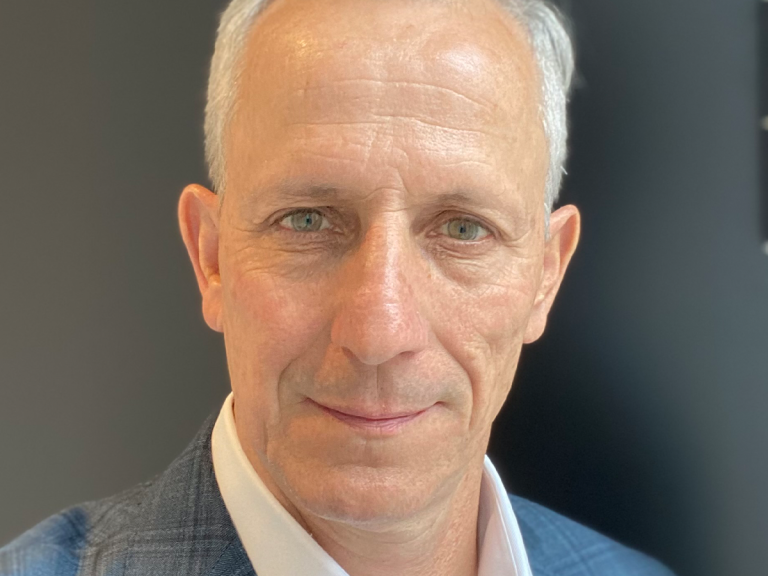There was a gap in the Cayman Islands insurance market for Blue Ocean Reinsurance Group, the company’s CEO, Adrian Lynch, has told Captive Intelligence.
Blue Ocean Re was formed earlier this year and provides reinsurers and larger complex captives in Cayman with tailored solutions, guidance, and strategies to help optimise their risk management.
Lynch said his thinking evolved over the past 12 to 18 months during conversations with Graham Mackay, a former CEO of a reinsurance company and a 40-year industry veteran, and Ruwan Jayasekera, former insurance regulator in the jurisdiction.
“The three of us came to the conclusion that there was a gap in the market in terms of what we were looking to do,” Lynch added.
Mackay is president and chief financial officer of Blue Ocean Re, while Jayasekera is chief operating officer.
Lynch said that having run start-up reinsurers previously, he knew it is a very different value proposition compared to running a captive.
“The error that the insurance managers are making is presuming upon the fact that they have the skill sets, technology, and the knowledge to run these reinsurers the same way that they’re trying to run what is essentially a commoditised product in captive management.”
Lynch said the company’s business plan is quite “comprehensive”.
“It revolves around obtaining an insurance management license, which enables us to manage various B3 reinsurers,” he explained.
“Even some Class D entities that have their own teams or are in the process of building them can also rely on us for specific aspects of their service needs.”
Lynch said the company is less focused on B1 captives, which are single parents.
“They are probably more suited to the larger insurance managers,” he said.
“That’s not really a market we’re targeting, it’s the third-party insurers, third-party reinsurers, the B3’s and the Class D’s, as well as the larger complex captives.”
He told Captive Intelligence that the company is in the process of acquiring a company management licence and a trust licence.
“Additionally, we’re obtaining a securities investment licence, as we find ourselves at the intersection of capital, insurance, and reinsurance, which has led us into capital raising opportunities,” he added.
“We’re securing all the necessary licences to support this expansion across our platform, and with these developments we anticipate being on a growth trajectory for the next few years.”
Lynch said he’s received “palpable validation” of the business model from the individuals and organisations he has engaged with.
“Additionally, there are asset managers looking to enter the reinsurance sector, but lacking expertise in insurance,” he said.
“We offer to manage all aspects of insurance for them, allowing them to focus on their core competency, asset management.”








